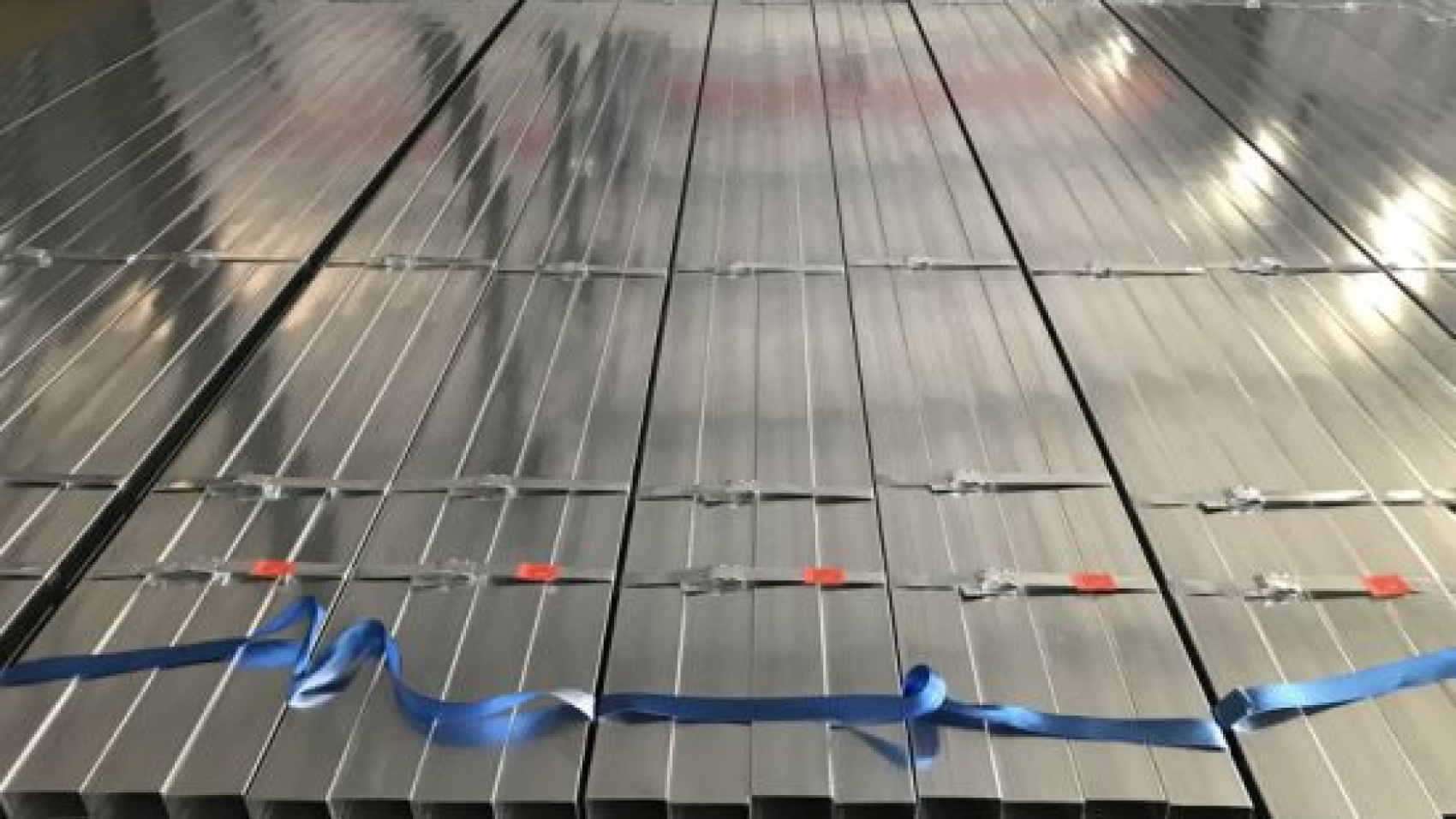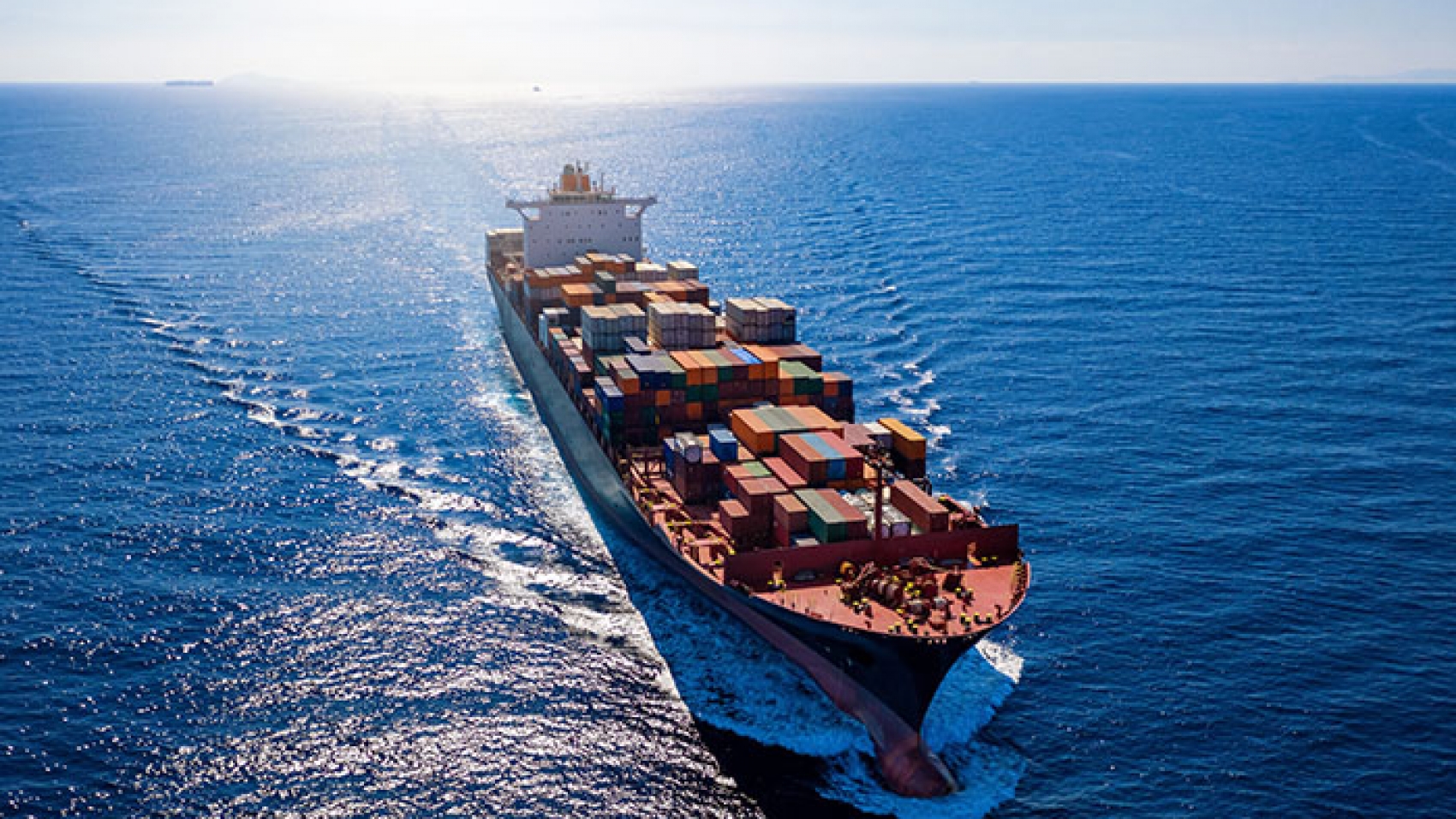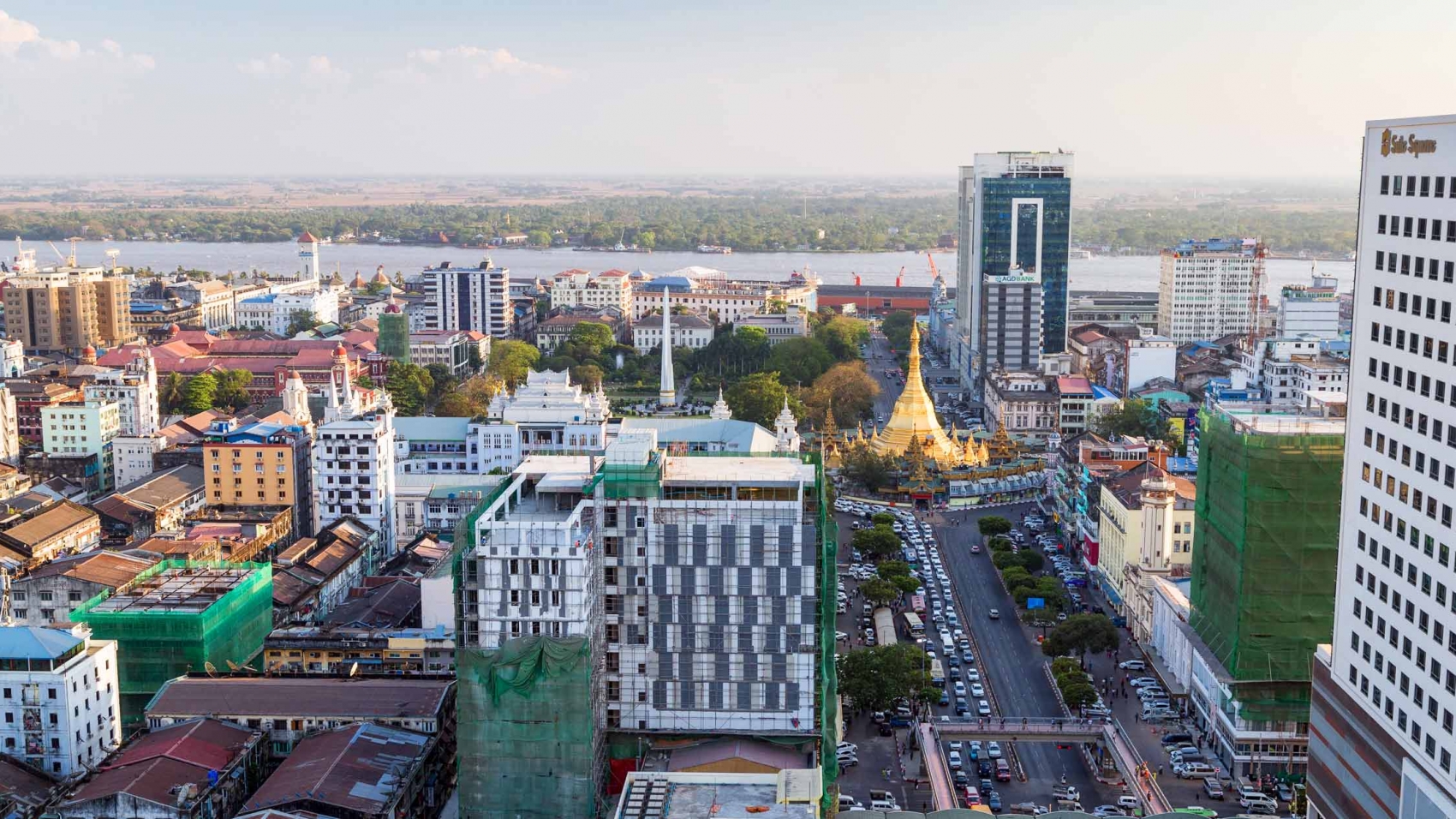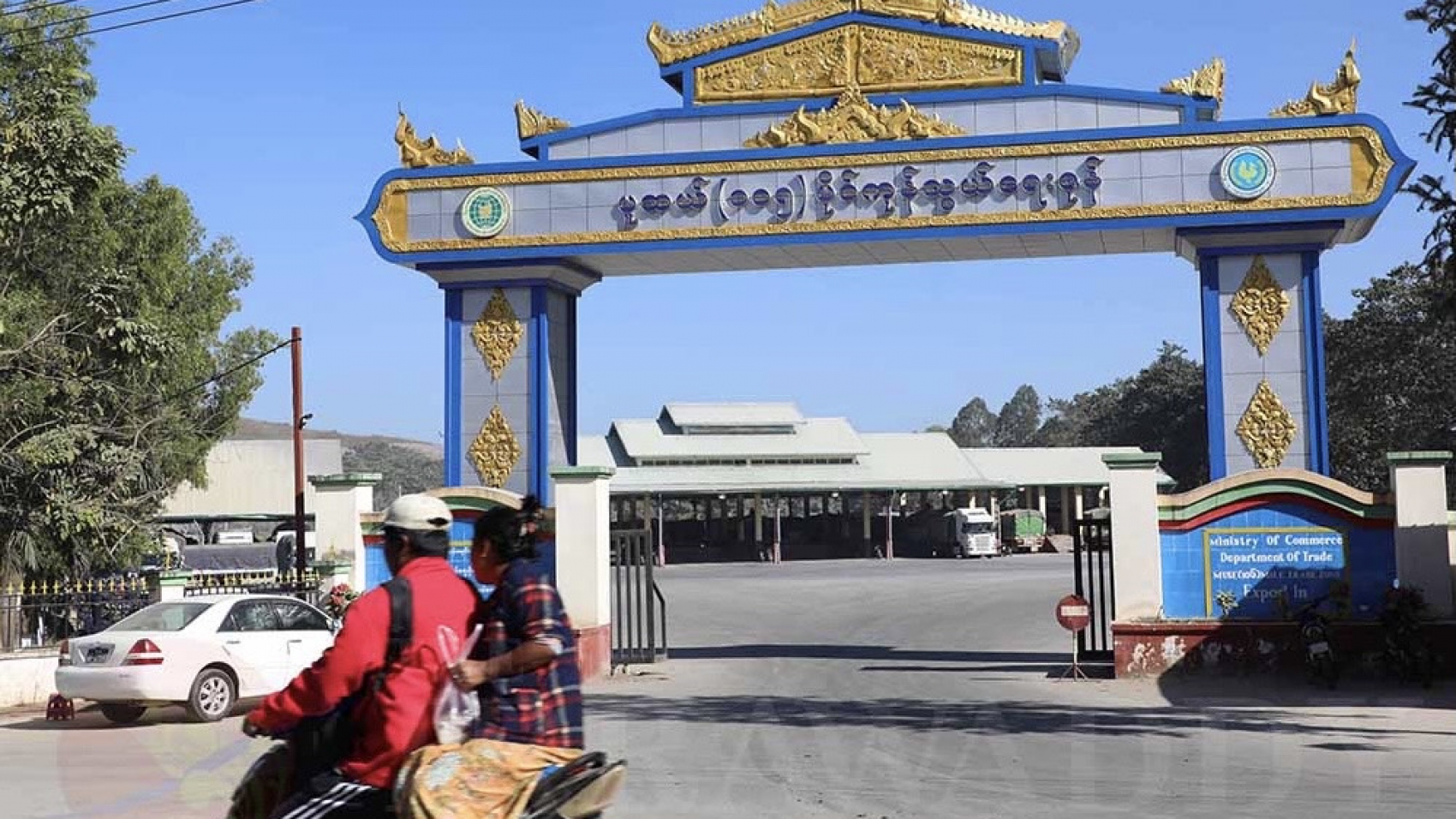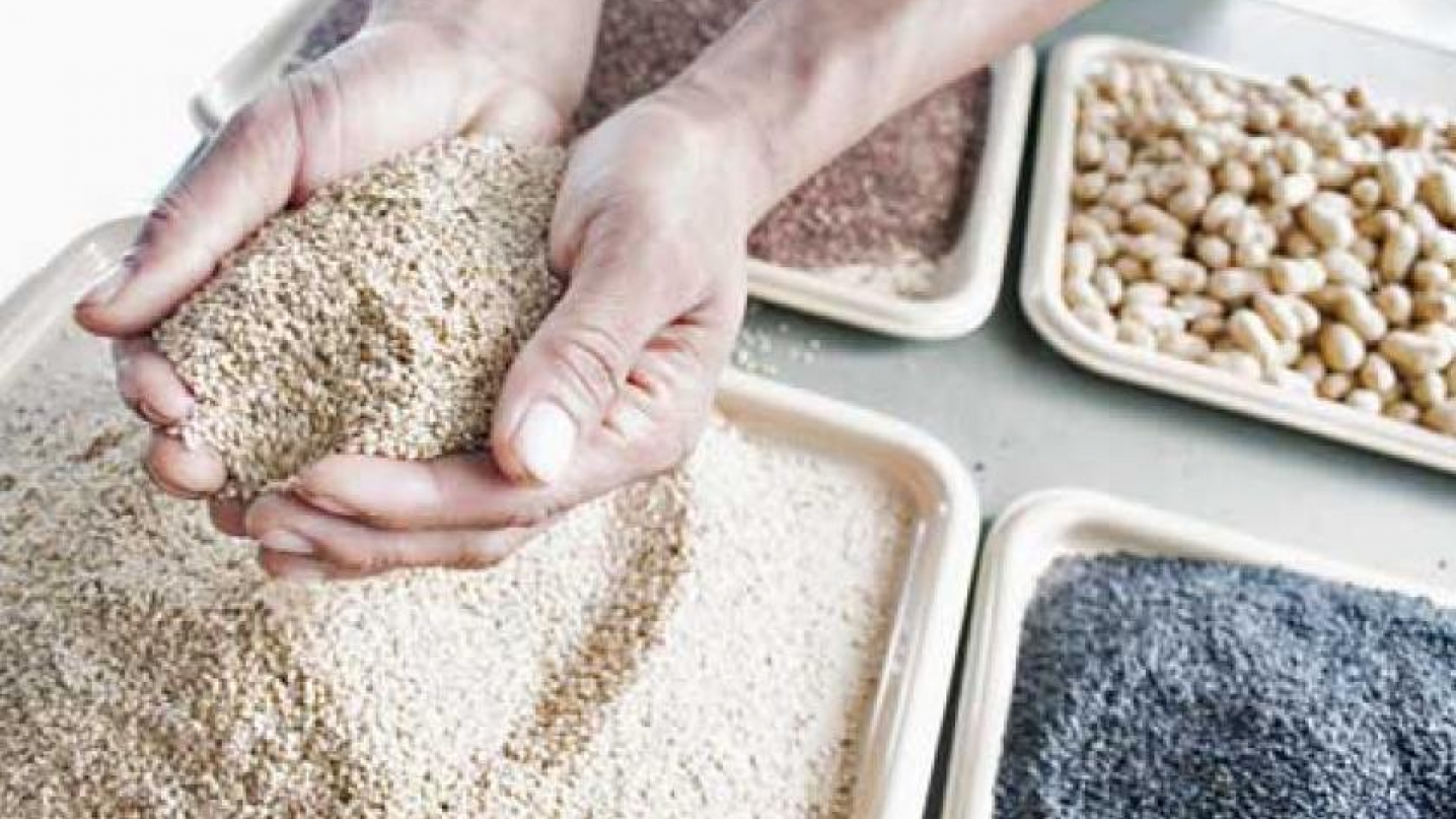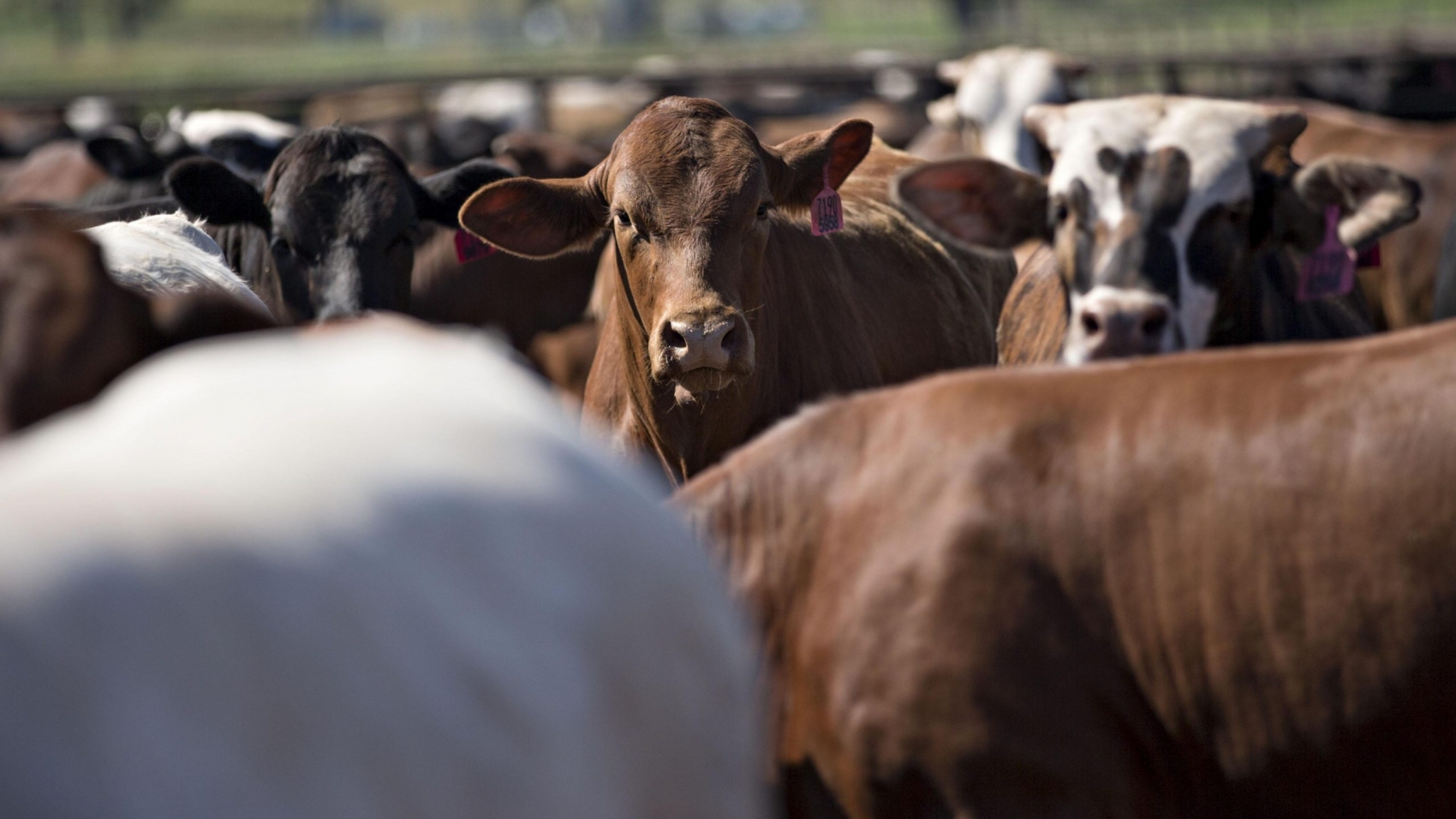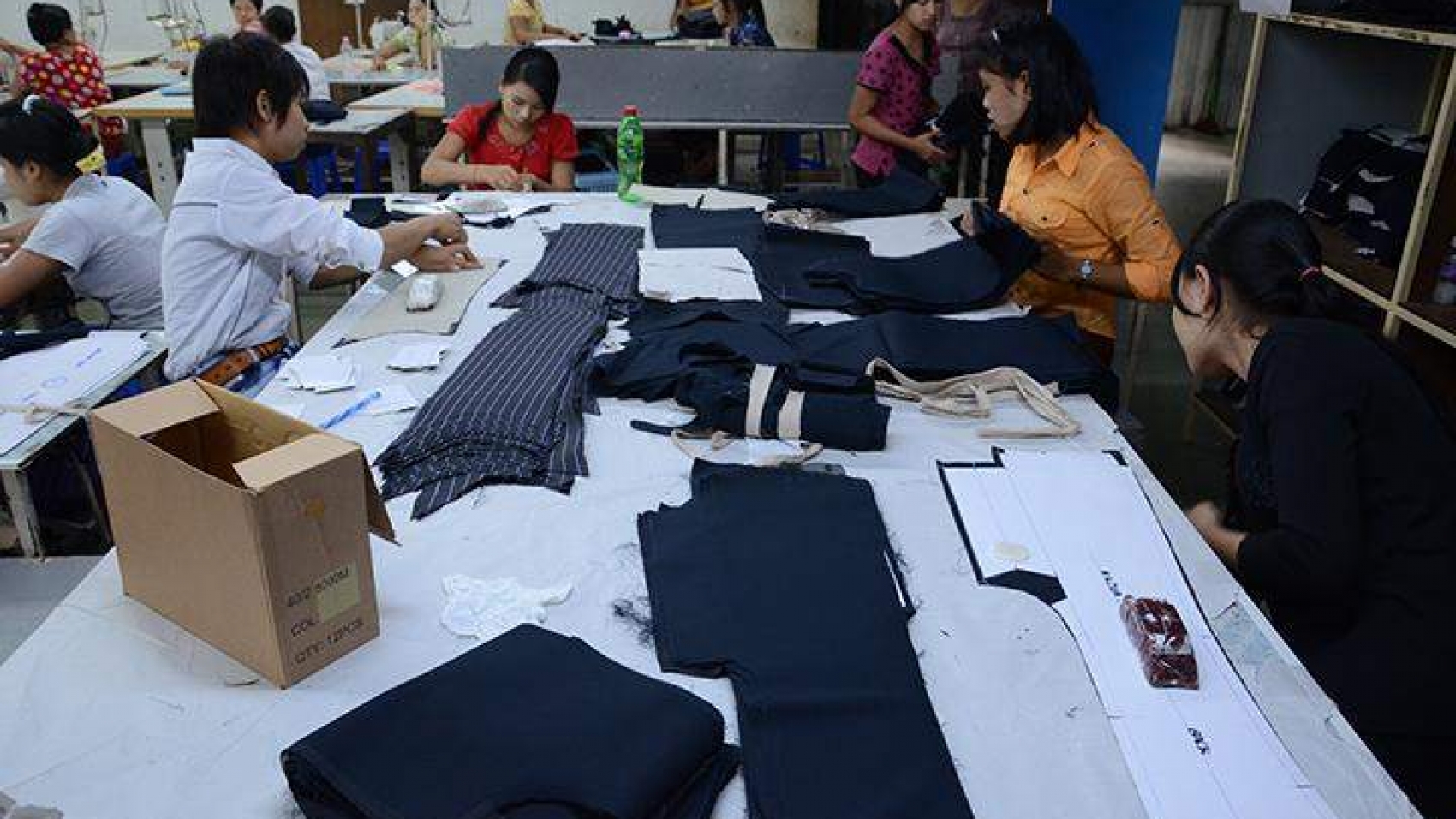The value of Myanmar’s iron and steel imports for the construction sector is estimated at US$315.6 million in five months (Oct-Feb) of the current financial year, according to Myanmar Customs Department. The figures stood over US$1.19 billion in the past financial year 2019-2020, according to the statistics of the Ministry of Commerce. At present, Myanmar’s steel demand is estimated about 2.5 million tons per year, and 92 per cent are imported. According to MSA, the market is likely to grow up to 5.4 million tonnes per year in 2030.
If Myanmar can fulfil the requirements of local steel consumption and focus on import substitution, the steel industry will strategically contribute to the nation’s interests. Steel consumption includes in calculating economy growth index, Myanmar Steel Association (MSA) stated. Therefore, 11 executive members of MSA established MSA Public Company Limited. They are making efforts to set up iron and steel industrial zone in order to reduce the outflow of US dollar, effectuate the development of the steel industry and assist in the country’s infrastructure building.
Studies for implementing iron and steel industrial zone projects are underway in Ayeyawady and Taninthayi regions and Rakhine and Mon states. The government needs to support the steel sector by granting tax relief and land rights, controlling illegal import, making anti-dumping law come into an effort and formulating steel policy. The steel industry is pivotal in industrial infrastructure building. According to the MSA, this project needs to be implemented for future prospects of the country’s economy. China is the leading supplier of Myanmar’s steel market. Iron and steel are also imported from India and the Republic of Korea.
Source: The Global New Light of Myanmar

